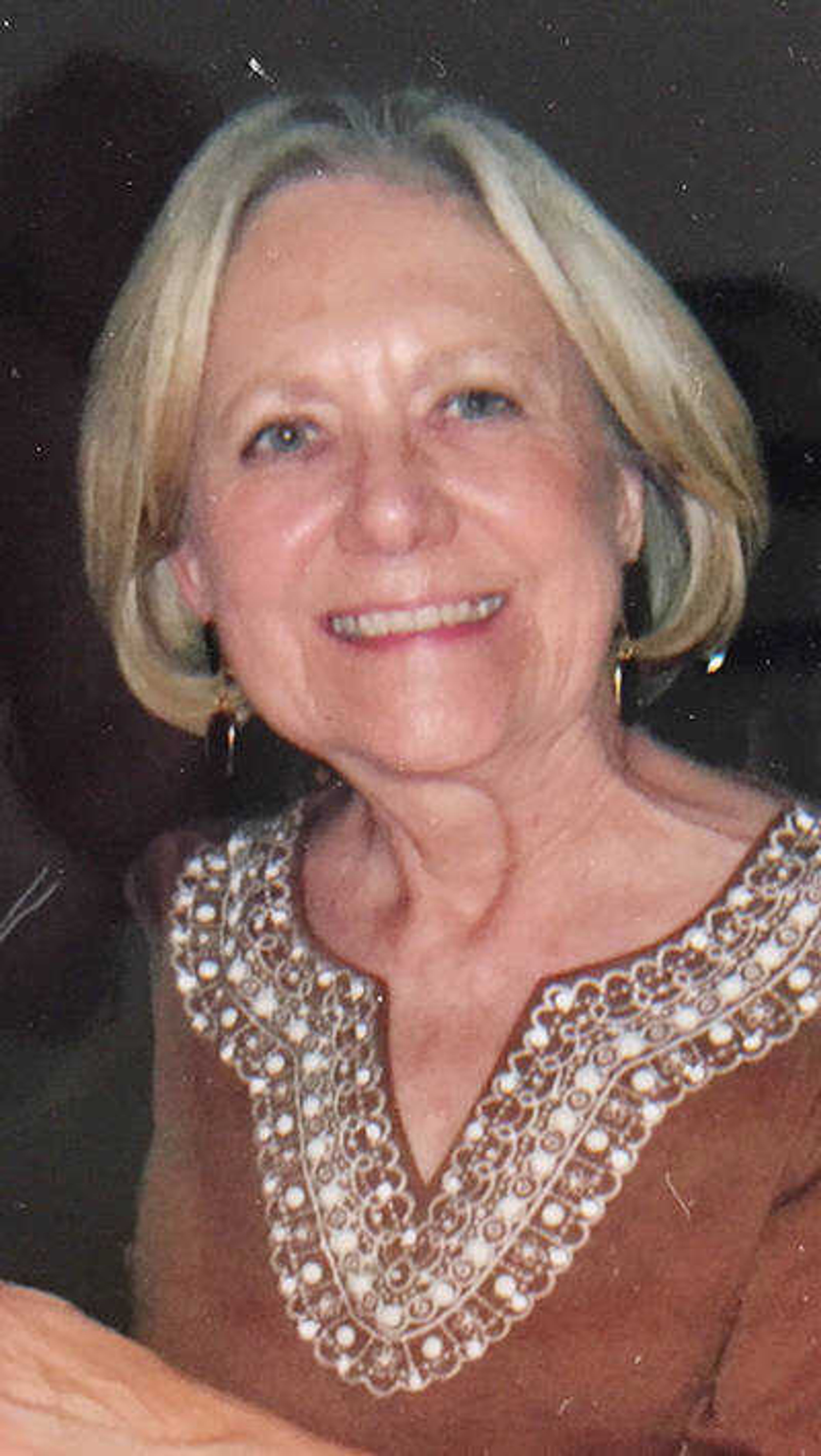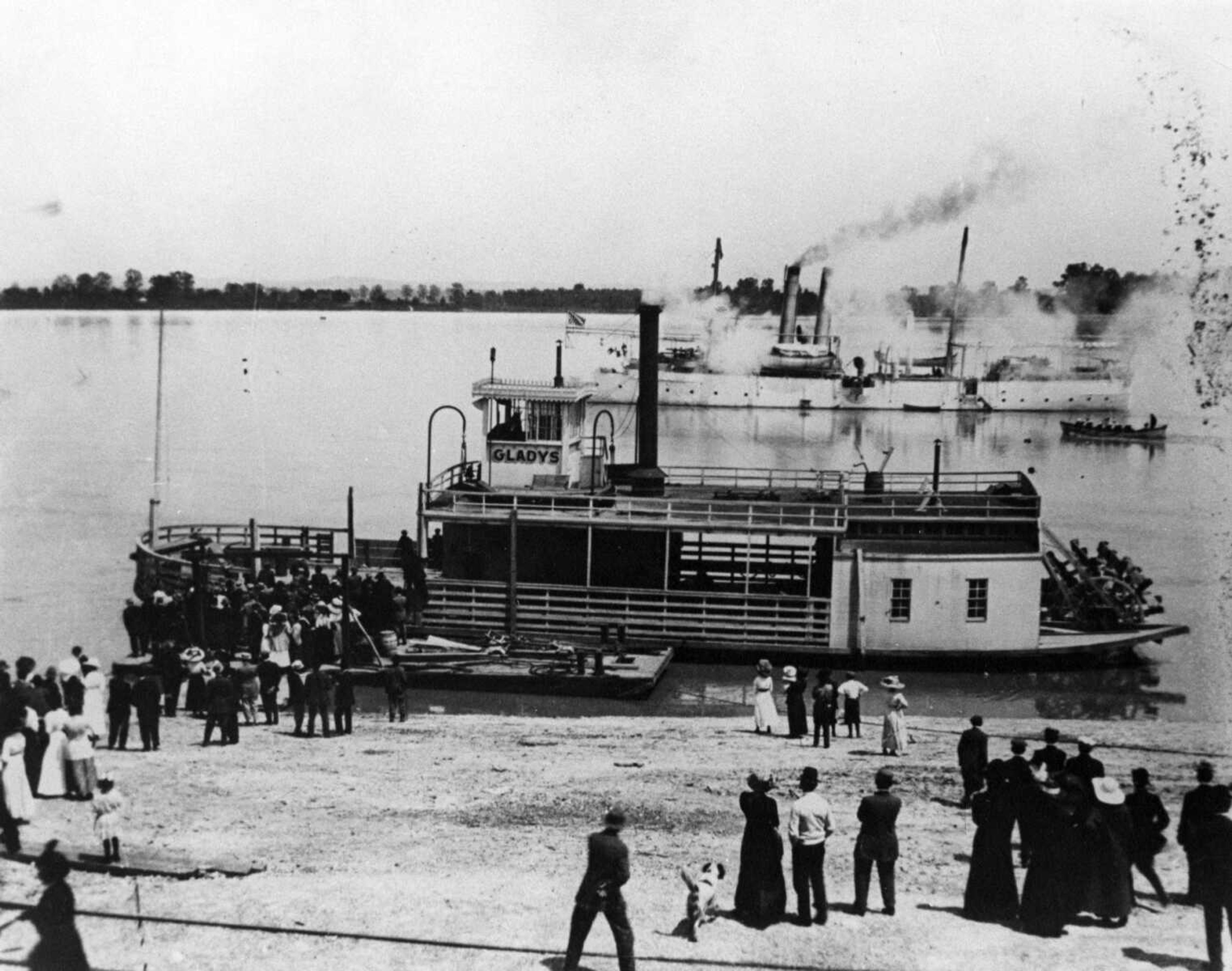Ferries chugging across the Mississippi
On the north end of the Southeast Missouri State University River Campus, there is a marker that states: "In the 1790s the Spanish governor of Territory granted Louis Lorimier permission to operate a ferry service near his home at Cape Girardeau..."...
On the north end of the Southeast Missouri State University River Campus, there is a marker that states: "In the 1790s the Spanish governor of Territory granted Louis Lorimier permission to operate a ferry service near his home at Cape Girardeau..."
Today, only 11 ferries still exist on the Mississippi River. Turn back the clock to the 1800s and early 1900s, many ferries could be found up and down the Mississippi.
Besides Lorimier, there are records that the Cape Girardeau Quarter Session of Peace awarded a license to Joseph Waller in 1806 to operate a ferry service a few miles north of Cape Girardeau. In 1817, he sold his 640 acres and horse treadmill ferry boat to Thomas Parrish Green. These 640 acres are a part of the Trail of Tears Park that commemorates the Cherokees crossing the river at that point. The road to Waller's/Green's historical ferry today is Greensferry Road out of Jackson.
Thomas P. Green was an instrumental figure in our local history. The Rev. Green not only operated a ferry, but was also pastor of old Bethel Baptist Church, south of Jackson, started a school in Jackson and was a leader in Baptist churches in Cape Girardeau.
Green operated the ferry until 1838, when he sold it to Thompson Smith, who married a granddaughter of Waller.
Green received a license to operate down on the riverfront in Cape Girardeau with the following rates: Man and horse, 50 cents; four-wheel carriage and team, $2; two-wheel carriage, $1.50; single horse, 25 cents; pack horse, 50 cents; footman, 25 cents; each head of cattle, 20 cents; each hog or sheep, 6 1/4 cents.
John Hays, first sheriff of Cape Girardeau County, operated a sawmill and ferry in 1817 just below Apple Creek on the river at Neely's Landing.
Ferries were operated steadily at Cape Girardeau until 1928, when the bridge was constructed. One of the prominent ferry men was Alvin C. Jaynes, who had three sons, Alvin Jr., Roy and Finis, and a daughter, Gladys. The Jaynes family business started around 1907, when the father purchased the boat, "The Warsaw", from J.M. Craig, who had a disagreement with the City Council on the service rates. Unfortunately, "The Warsaw" was destroyed by ice in 1909 near Uncle Joe's Light, south of Thebes, Illinois. Jaynes operated several other ferries including "The Gladys", named for his daughter. It met its demise near Greenfield, Mississippi.
In 1924, Jaynes reported his biggest year with 45,000 passengers and countless vehicles. His operating hours were 5 a.m. to 10 p.m., November to March. Ice floes in the winter canceled crossings many times.
During the 1927 flood, the Jaynes' ferry operated free transportation for the flood victims in the lowlands.
In 1926, President Calvin Coolidge approved the construction of the Cape Girardeau bridge to connect Illinois. After two years of building the bridge, it opened in 1928, ending the Jaynes' ferry service.
After retirement, five years later, Capt. A.C. Jaynes died in a St. Louis hospital at the age of 79 (The Southeast Missourian, September 1928).
Connect with the Southeast Missourian Newsroom:
For corrections to this story or other insights for the editor, click here. To submit a letter to the editor, click here. To learn about the Southeast Missourian’s AI Policy, click here.











